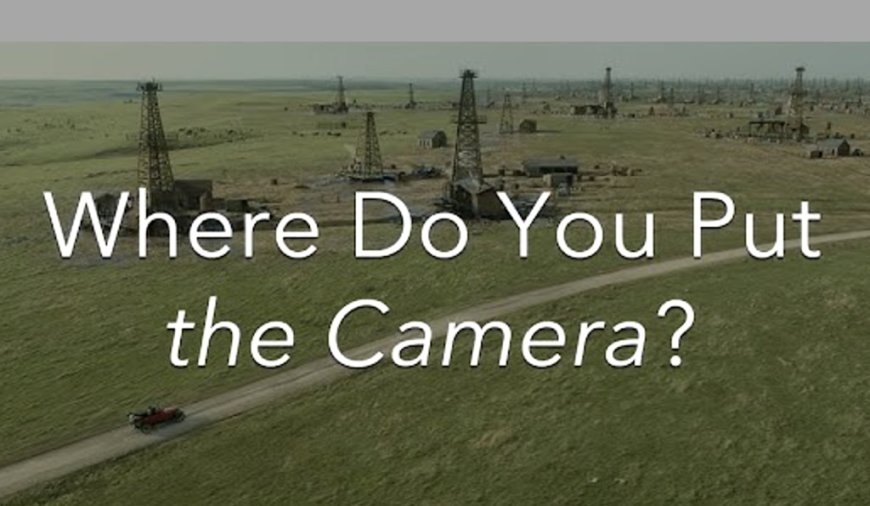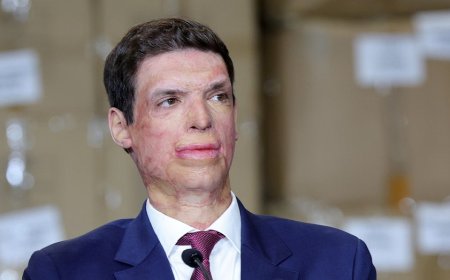Where Do You Put the Camera? Every Frame a Painting Presents Insights from Famous Directors
Whether or not we believe in auteurhood, we each have our own mental image of what a film director does. But if we’ve never actually seen one at work, we’re liable not to understand what the actual experience of directing feels like: making decision after decision after decision, during the shoot and at all other […]

Whether or not we believe in auteurhood, we each have our own mental image of what a film director does. But if we’ve never actually seen one at work, we’re liable not to understand what the actual experience of directing feels like: making decision after decision after decision, during the shoot and at all other times besides. (Wes Anderson made light of that gauntlet in an American Express commercial years ago.) Not all of these decisions are easily made, and it can actually be the simplest-sounding ones that cause the worst headaches. Where, for example, do you put the camera?
That’s the subject of the new video essay above from Taylor Ramos and Tony Zhou’s YouTube channel Every Frame a Painting, which considers how the decision of camera placement has been approached by such famous directors like Steven Soderbergh, Greta Gerwig, Guillermo del Toro, and Martin Scorsese, as well as master cinematographer Roger Deakins.
Technology may have multiplied the choices available for any given shot, but that certainly hasn’t made the task any easier. Some filmmakers find their way by asking one especially clarifying question: what is this scene about? The answer can suggest what the camera should be looking at, and even how it should be looking at it.
Having become filmmakers themselves during Every Frame a Painting’s hiatus, Ramos and Zhou now understand all this as more than an intellectual inquiry. “Sometimes, the thing in our way is equipment,” says Zhou. “Sometimes it’s the weather. Sometimes it’s a lack of resources. And sometimes, the thing in our way is us.” Any director would do well to bear in mind the bracing advice once given by John Ford to a young Steven Spielberg, as dramatized (with a truly astonishing casting choice) in the latter’s autobiographical picture The Fabelmans: “When the horizon’s at the bottom, it’s interesting. When the horizon’s at the top, it’s interesting.” As for what it is when the horizon is in the middle, well, you’ll have to watch the movie.
Related content:
The History of the Movie Camera in Four Minutes: From the Lumiere Brothers to Google Glass
Signature Shots from the Films of Stanley Kubrick: One-Point Perspective
Every Frame a Painting Returns to YouTube & Explores Why the Sustained Two-Shot Vanished from Movies
Based in Seoul, Colin Marshall writes and broadcasts on cities, language, and culture. His projects include the Substack newsletter Books on Cities and the book The Stateless City: a Walk through 21st-Century Los Angeles. Follow him on the social network formerly known as Twitter at @colinmarshall.


















































